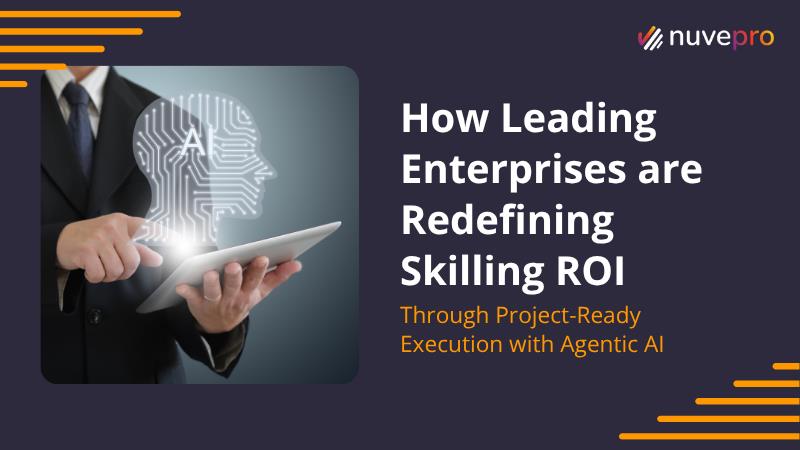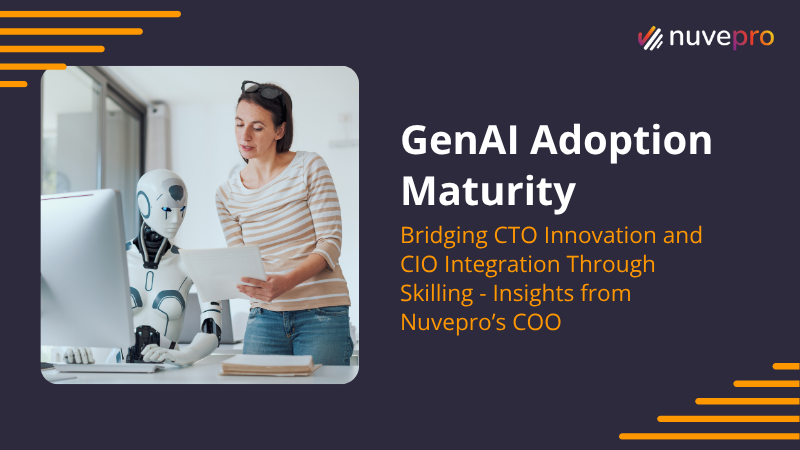What is “hands-on” learning?
Learning by doing, also known as experiential learning or hands-on learning, involves the learner in an activity that engages their senses. It’s a method for putting what you’ve learned or mastered into practice.
The learners are led through a series of guided projects that have real-world applications in this instructional technique.
This engages the learners in realistic, real-world scenarios that are brought to life through experiential practices. The result is a learning environment that is more fascinating and engaging for everyone involved.
You can use it to train someone in something new or update their skill, and it will also help you learn and apply what you learn.
How does hands-on learning work?
Hands-on learning, as the name implies, involves the learner actively engaging in activities designed to deepen his or her understanding of the subject.
To get started, a learning activity is planned with the learners in mind. Within the context of this task, the learner can make decisions and utilize their observational and experiential skills to reach a conclusion.
Learners can participate in and engage with the environment while simultaneously obtaining knowledge and skills using the hands-on technique.
Learning new skills involves a hands-on approach in addition to more traditional training approaches, such as listening to lectures, watching online videos on the subject matter, or delivering presentations that provide insight into your work.
This ensures that learners acquire the essentials of what they ought to know while simultaneously giving them the opportunity to apply what they have learned to real-world scenarios through a hands-on approach.
Decoding skills through hands-on skills
If you want to master a new skill, you must first immerse yourself in the environment so that your brain can create a blueprint for it. No amount of information will be more helpful than your own personal experience as you try to make sense of the unknown.
Get a better understanding of the definition of the skill.
Firstly, I’d like to say that technically speaking, there is no such element as a “new skill.”
Simply because something is “new to you,” this does not necessarily mean that it is new. The very term “skill” implies that someone else has already acquired the knowledge. Those who have perfected a skill sometimes have a very different conception of what the skill implies than those who are interested in acquiring that skill.
Find opportunities to learn
Many individuals have a unique approach to learning. It’s important to get hands-on and learn from real-world examples as part of your “go-to-the-source” strategy.
That is not to say that you shouldn’t learn from books or videos. You should absolutely do that, but learning just the normal way isn’t enough. All that matters is hands-on experience. You need to practice what you learn to see if you have really acquired the skills.
Are you prepared to venture forth and learn something new?
The majority of occupations allow seamless work on diverse projects, inventive problem-solving, and critical thinking. All these skills can be bolstered through experiential education. A skilled workforce is necessary. Real-world experience and preparation for real-world projects come together in Nuvepro’s hands-on lab environments. The cloud labs provided by Nuvepro provide learners with everything they need to jump right into the projects of their choosing and become fully prepared for the workplace.
Hands-on labs for learners help them develop skills and find innovative solutions to real-world challenges where they can participate in learning activities that involve hands-on experience. This gets them engaged in what they’re learning about.
Do you believe children would rather sit in a classroom and listen to a lecture about different species and how to identify them, or would they rather go outside and discover these things for themselves? Due to the unfamiliar setting and unconventional nature of the class, most students would opt for the interactive version.
These are just a few examples of why it is essential to combine theoretical study with practical application. Students learn better and retain more information when they are actively engaged with their learning, as is the case with hands-on learning as opposed to passive learning through lectures or videos.




